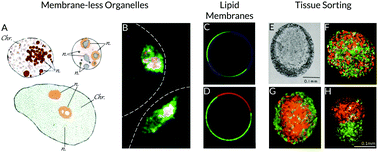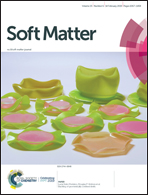Thermodynamically driven assemblies and liquid–liquid phase separations in biology
Abstract
The sustenance of life depends on the high degree of organization that prevails through different levels of living organisms, from subcellular structures such as biomolecular complexes and organelles to tissues and organs. The physical origin of such organization is not fully understood, and even though it is clear that cells and organisms cannot maintain their integrity without consuming energy, there is growing evidence that individual assembly processes can be thermodynamically driven and occur spontaneously due to changes in thermodynamic variables such as intermolecular interactions and concentration. Understanding the phase separation in vivo requires a multidisciplinary approach, integrating the theory and physics of phase separation with experimental and computational techniques. This paper aims at providing a brief overview of the physics of phase separation and its biological implications, with a particular focus on the assembly of membraneless organelles. We discuss the underlying physical principles of phase separation from its thermodynamics to its kinetics. We also overview the wide range of methods utilized for experimental verification and characterization of phase separation of membraneless organelles, as well as the utility of molecular simulations rooted in thermodynamics and statistical physics in understanding the governing principles of thermodynamically driven biological self-assembly processes.

- This article is part of the themed collection: Soft Matter Emerging Investigators


 Please wait while we load your content...
Please wait while we load your content...